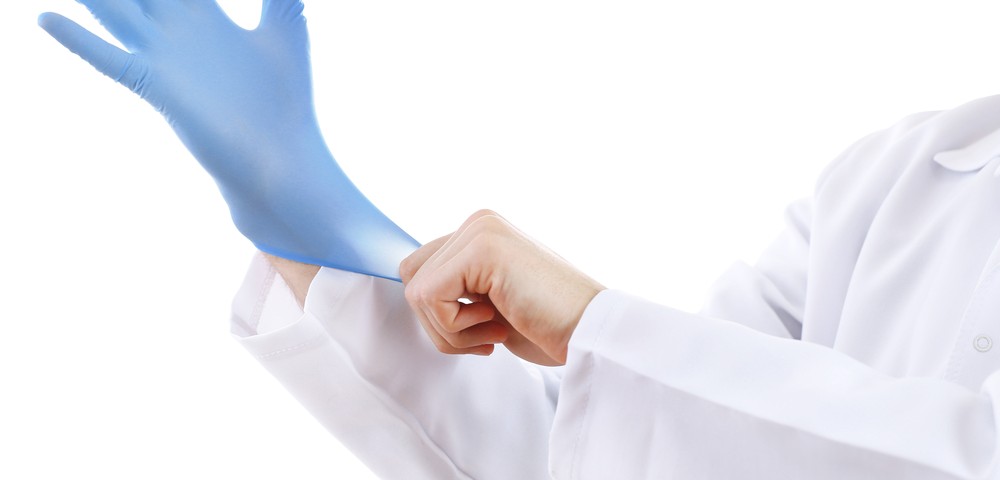Researchers investigating the type and the amount of common bacteria that could be transmitted from contaminated gloves to plastic surfaces found that bacteria like Acinetobacter baumannii — a common cause of opportunist infections in hospital settings, such as ventilator-associated pneumonia — can easily be transmitted to this way.
The study’s findings were recently presented at the 2016 American Society for Microbiology Meeting, in an abstract (No. 333) titled, “Contaminated Gloves Contribute to Crosstransmission of Healthcare-Associated Pathogens among Healthcare Workers.”
The researchers, led by Dr. Kazue Fujita at Nippon Medical School, examined gloves intentionally contaminated with bacteria often responsible for heathcare-associated infections, including multidrug-resistant strains of Pseudomonas aeruginosa, Escherichia coli, Klebsiekka pneumonia and Acinetobacter baumannii.
Next, they put the gloves into contact with a sterilized poplypropylene surface, at 0 seconds after contamination, 30 seconds, and three minutes later (at which time each glove — contaminated with one of the above bacteria — had completely dried), and then quantified the viable bacteria found.
Results revealed viable bacteria on the polypropylene surfaces touched by the gloves — in fact, 5% to 10% of all bacteria were transmitted to the surfaces immediately (0 seconds) after contact but, with the exception of A. baumannii and K. pneumoniae, decreased in a dose- and time-dependent manner. The scientists were not able to detect most bacteria on the polypropylene surfaces at three minutes after contamination. A. baumannii and K. pneumoniae, however, are particularly resistant, and were found to linger on surfaces beyond three minutes post-contamination.
These results may explain the emergence of multidrug resistant A. baumannii and K. pneumoniae as sources of opportunistic infections in hospitals. According to Dr. Fujita, A. baumannii has been isolated from bed rails up to nine days after an infected patient was discharged. Wound manipulation and artificial airways, like ventilators, are risk factors for its transmission.
Michael Schmidt, PhD, from the Medical University of South Carolina in Charleston, who did not participate in the study, said in a news release: “The findings of this study, while not unanticipated, are significant in that they provide some of the first data on the significant risk that gloves represent to healthcare.” He added, “One of the things not in the study that people should be aware about is that many of the other workers in the hospital, principally the environmental services team, don’t often change their gloves.”
Gloves are important to protect both patients and healthcare workers, but must be changed after use; otherwise, they are vectors in transmitting viable bacteria to hospital plastics that can easily induce opportunistic infections.
“Improving glove use compliance will decrease the risk of healthcare-associated infections. It is also important to establish a basis for a risk assessment and a management approach to each [type of] bacteria,” Dr. Fujita said in his presentation.


